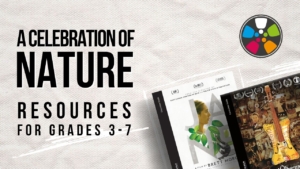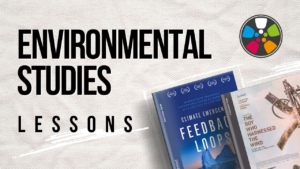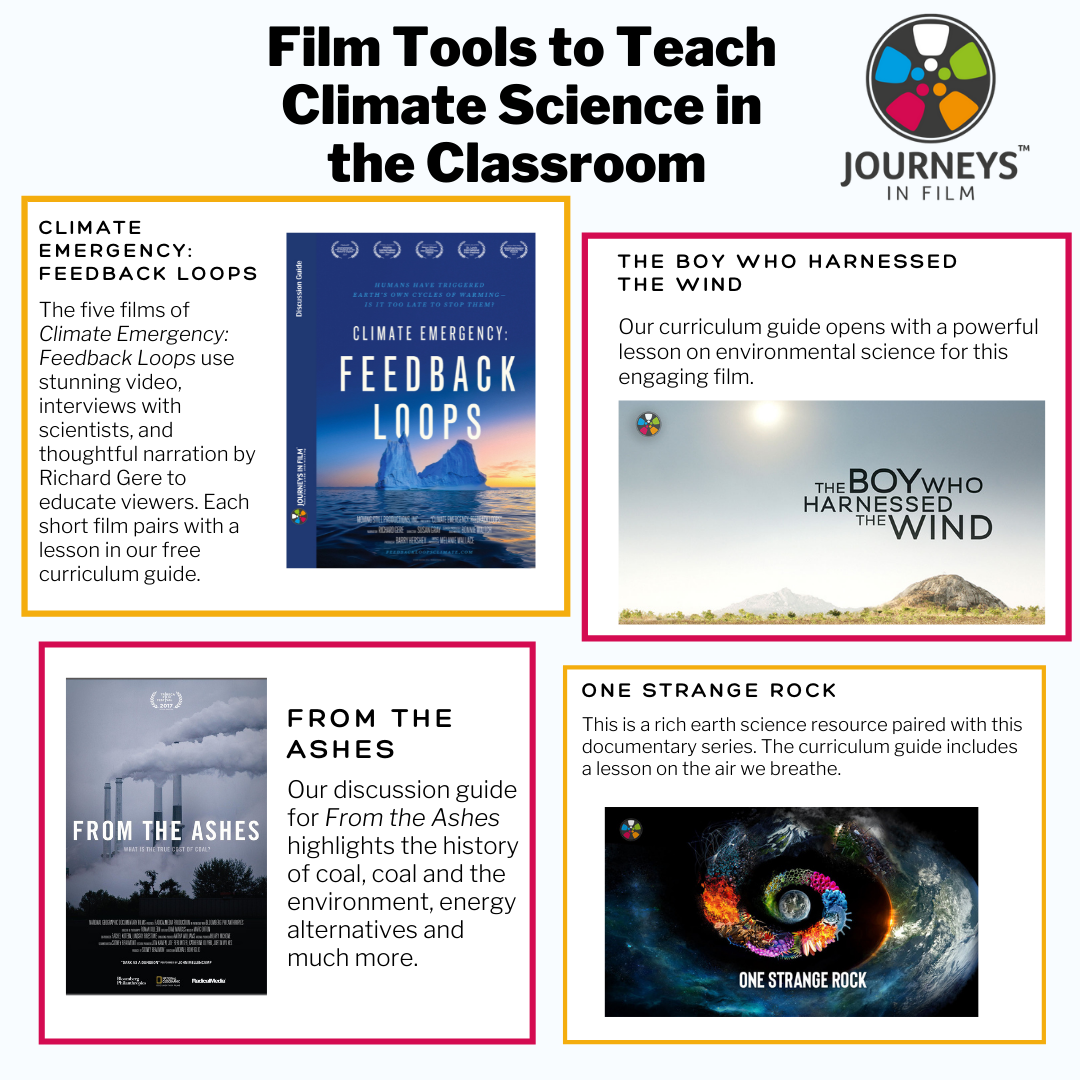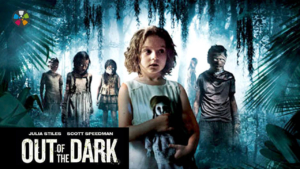Teaching climate science and educating youth about the environment is more important than ever. Although environmental education can be challenging, teaching with film engages and excites students. Thus, we’re highlighting free resources that take advantage of the power of film. Use these resources to teach climate science, earth science, and other environmental topics.
We’re here to help you take advantage of these free curriculum guides and discussion guides.
Film Tools to Teach Climate Science in the Classroom
These films offer prime opportunities to teach climate science through film: Climate Emergency: Feedback Loops, The Boy Who Harnessed the Wind, From the Ashes, One Strange Rock, River of Gold, and Landfill Harmonic.
Climate Science Teaching Tools
Our newest resource, Climate Emergency: Feedback Loops is for a series of five short films. They are perfect for the classroom, running 9 to 15 minutes. Additionally, all five films are available to stream for free. Our curriculum guide is set up to directly correspond to each film. We created one lesson for each short film. “The Forests” short film and lesson would be perfect for Arbor Day.
Next, The Boy Who Harnessed the Wind is an engaging narrative film that tells the true story of William Kamkwambe. He was thirteen years old when he built a windmill from recycled materials in his community. It helped bring water to his drought-stricken town in dire need of irrigation for farming. Lesson 1 highlights environmental science. We also offer a discussion guide for the film as well as our free CORE-based curriculum guide.
Another classroom discussion tool regarding climate science is our discussion guide for From the Ashes. This documentary film explores the coal industry and energy alternatives.
Finally, we recommend One Strange Rock, a National Geographic episodic documentary. With 8 lessons, educators can explore Earth Science in a variety of ways with this CORE-based free curriculum guide.
Additional Film Tools to Teach Climate Science
The documentary River of Gold chronicles the clandestine journey of two war journalists and their guide into Peru’s Amazon rain forest. They hope to uncover the savage destruction of pristine jungle in pursuit of illegally mined gold. The film makes clear the consequences of this devastation on a global scale. Magnificent photography of plants, animals, and people inspires audiences to engage in solutions to protect the Amazon. Our eleven-lesson curriculum guide is particularly rich in STEM lessons.
Landfill Harmonic tells the true story of a youth orchestra that plays instruments made from recycled materials. The curriculum explores air quality and human health. Flooding and environmental contamination from the landfill are also key topics in the lessons from our free curriculum guide.
Altogether, we’re proud to offer a wide array of resources that educators can use to teach climate science. We’d love to hear about other tools you are using in the classroom to teach about the environment.


New Teaching Resources Update
We have launched two environment and nature focused lesson collections! We’re excited to highlight these standalone lessons, isolated from their respective comprehensive curriculum guides for your ease of use. A Celebration of Nature explores the beauty and wonder of the natural world with resources for grades 3 to 7. Our Environmental Studies Lessons Collection is designed for grades 7 to 12.

You Might Also Like…

This film and our corresponding discussion guide offers opportunities to discuss water pollution and environmental racism.
Written by Jennifer Fischer. Updated by SJ Evans.
